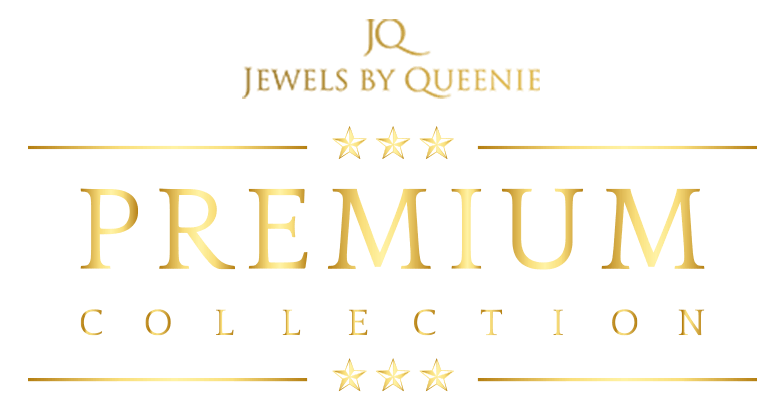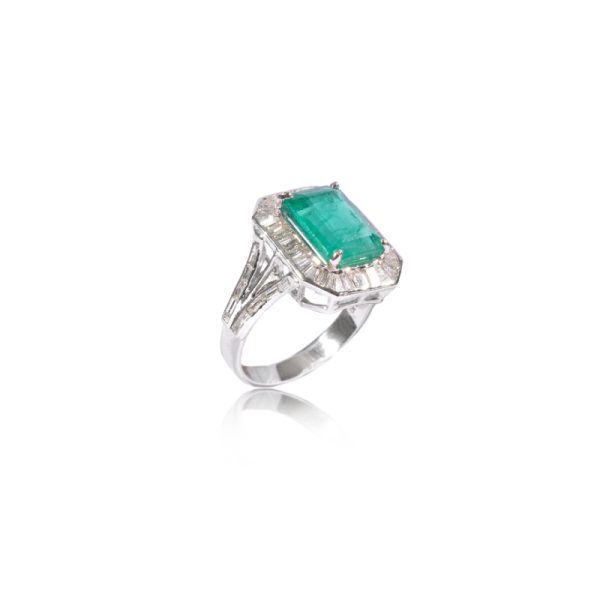Jewelry Marketing and Gaming: Shared Strategies for Attracting Customers
At first glance, the jewelry industry and the gambling world may seem like distant universes—one defined by craftsmanship and sparkle, the other by adrenaline and chance. But dig deeper into the psychological mechanisms that drive both markets, and clear parallels begin to emerge. Both rely on emotional stimulation, aspirational identity, and strategic presentation to captivate customers. Whether it’s luring a client into a luxury boutique or drawing a player into a glamorous casino environment, the goals are remarkably similar: attraction, engagement, and retention.
This article explores how marketing techniques in the jewelry sector align with those in the gambling industry. From VIP treatment and sensory design to reward systems and exclusivity messaging, we’ll uncover how these industries play on similar psychological levers—and why their shared strategies prove to be so effective.
Creating Emotional Desire Through Storytelling
L'un des piliers d'un marketing joaillier réussi est le récit émotionnel. Une bague en diamant est rarement une simple bague : c'est un symbole d'amour éternel, un souvenir immortalisé par son éclat ou un rite de passage. Les marques de bijoux, tout comme des plateformes telles que https://boomsbet.fr/, créent des récits forts autour de leurs pièces, encourageant les clients à considérer leur achat comme un élément d'un voyage émotionnel plus vaste.
Les établissements de jeux et les casinos en ligne utilisent une stratégie similaire. Un jeu ne se résume pas à des chiffres et des probabilités : c'est une occasion de changer son destin, de ressentir le frisson des possibilités ou de revivre l'excitation des quasi-échecs. Les machines à sous et les plateformes de poker présentent souvent l'expérience comme une histoire personnelle qui n'attend que d'être révélée. Les visuels, les sons et les slogans sont soigneusement sélectionnés pour suggérer que chaque joueur suit un chemin unique vers la fortune.
Ces deux secteurs s'appuient sur le désir profond de transformation, d'épanouissement émotionnel et d'expression identitaire de l'être humain. Ce type de narration favorise l'investissement émotionnel, incitant les clients à y consacrer plus de temps, d'attention et d'argent.
Luxury Positioning and Aspirational Branding
The jewelry and gambling industries both thrive on aspiration. Jewelry is marketed as a reward for success, a marker of achievement, or an indulgence for the deserving. High-end jewelry campaigns focus on the lifestyle surrounding the product—luxury travel, opulent fashion, and elite experiences. The product becomes a symbol of having “made it.”
Gambling, especially in its premium segments, takes a similar approach. High-roller lounges, exclusive betting clubs, and personalized VIP casino services elevate the experience beyond gaming. Players are enticed with the promise of being treated like royalty. Ads often feature luxury yachts, designer fashion, champagne, and beautiful architecture—all reinforcing the idea that gambling is an elite pastime for those with refined tastes.
This aspirational positioning taps into human psychology by making clients want not just the product or service, but the lifestyle that surrounds it.
Reward Systems and Customer Retention
Customer loyalty is a key metric in both jewelry and gambling. Brands in both domains understand that the cost of acquiring a new customer often exceeds the cost of retaining an existing one. This is where reward systems and personalized incentives come into play.
In the jewelry world, brands offer loyalty points, exclusive previews, and private events for returning clients. Personalized recommendations, anniversary gifts, and birthday discounts help build long-term relationships based on trust and emotional value.
Casinos, both online and offline, deploy even more sophisticated versions of this strategy. Loyalty cards, comp points, and tiered rewards systems allow players to “earn” bonuses, free spins, or VIP access. The psychological principle of reciprocity—offering value so the customer feels compelled to stay engaged—is strong in both sectors.
These systems aren't just about giving things away; they're about deepening the emotional tie between brand and client. When a person feels recognized and rewarded, they are more likely to return—and to spend.
Sensory Marketing and Environmental Design
Successful jewelry stores are immersive environments. They don’t just sell products—they create experiences. Lighting is warm and soft to flatter the sparkle of gemstones. Music is soothing yet elegant. Displays are carefully curated to draw attention without overwhelming the eye. Scented air, plush seating, and subtle champagne service round out the sensory appeal.
Casinos use sensory design even more aggressively. The visual chaos of bright lights and bold colors, paired with hypnotic music and endless sound effects, creates an atmosphere that blurs time and logic. Many casinos even scent their interiors with custom fragrances designed to make people feel comfortable and energized.
In both cases, sensory design isn’t arbitrary—it’s psychological engineering. It puts people in the mood to spend, to indulge, and to stay longer. Whether admiring a diamond bracelet or pressing a slot machine button, the atmosphere reinforces the experience and makes the customer more susceptible to suggestion.
Scarcity, Exclusivity, and FOMO
Jewelry and gambling both capitalize on the fear of missing out (FOMO). Limited editions, exclusive releases, and one-of-a-kind pieces are marketing tools used in jewelry to drive urgency. When a customer is told that a ring is the last of its kind or only available for a short time, the emotional stakes rise.
Casinos operate under similar scarcity mechanics. Timed tournaments, one-day-only jackpots, and exclusive betting events prompt players to act quickly. Online gambling platforms use countdown timers and pop-up alerts to amplify urgency.
This technique works because it taps into our evolutionary desire to secure rare resources. Scarcity creates perceived value, and both industries manipulate that perception expertly to prompt immediate action.
Use of Influencers and Glamour Icons
Celebrity endorsements and influencer marketing play a central role in both the jewelry and gambling industries. Luxury jewelers often collaborate with high-profile figures—actors, athletes, royalty—to lend credibility, visibility, and aspiration to their brand.
Likewise, gambling brands often partner with streamers, poker stars, and social media influencers. The rise of gambling content on platforms like Twitch and YouTube has allowed casinos to promote their services through personalities who bring glamour, excitement, and authenticity to the experience.
In both domains, the goal is to make the customer think: “If it’s good enough for them, it’s good enough for me.” The aspirational pull is powerful, and the association with familiar faces accelerates trust.
A Shared Toolbox: Key Techniques Across Both Sectors
Although the products are vastly different, the psychology of attraction in jewelry and gambling marketing follows a similar path. Here are some shared tactics:
-
Emotional storytelling to build meaning and memory
-
Luxury lifestyle framing to suggest achievement and status
-
Reward and loyalty programs to boost long-term engagement
-
Sensory marketing to enhance mood and spending behavior
-
Scarcity tactics to increase urgency and value perception
-
Influencer collaborations to enhance reach and credibility
Conclusion: Different Worlds, Shared Psychology
At their core, both jewelry and gambling are about more than products or services—they are about feelings. The sparkle of a gemstone and the thrill of a winning spin trigger similar emotional responses: excitement, anticipation, satisfaction, pride. They both fulfill a human desire to feel special, lucky, and elevated from the everyday.
By analyzing the overlapping strategies used to attract and retain clients, we gain a deeper understanding of how these industries appeal to human nature. In today’s experience-driven economy, it’s not just about selling—it’s about seduction. And in that sense, jewelry and gambling are playing the same game—with high stakes, clever moves, and dazzling rewards.



For Further details call us at +91 93215 47641

Categories
Collections
Info
Contact Us
Jewels By Queenie
410, Nirman Kendra,
Dr E Moses Road,
Famous Studio Lane
Mahalaxmi,
Mumbai – 400011
- VIP Tables in Online and Jewelry: How to Create an Atmosphere of Luxury
- The Psychology of Color: How Gold and Gemstone Tones Influence Gaming Behavior
- Jewelry-Inspired Prizes in Online Games: Ideas and Inspirations
- How a Jewelry Brand Can Become a Partner of an Online
- Gamer Emotions and Diamond Brilliance: Parallels in Design












